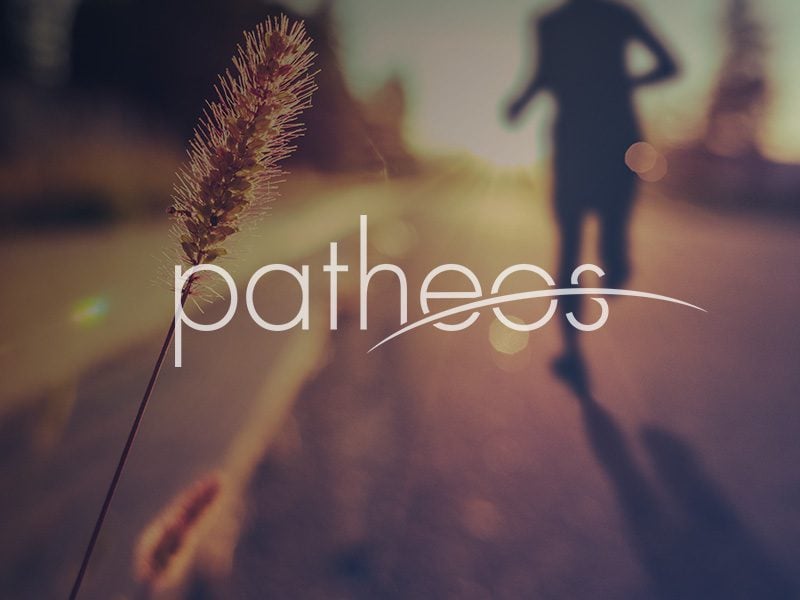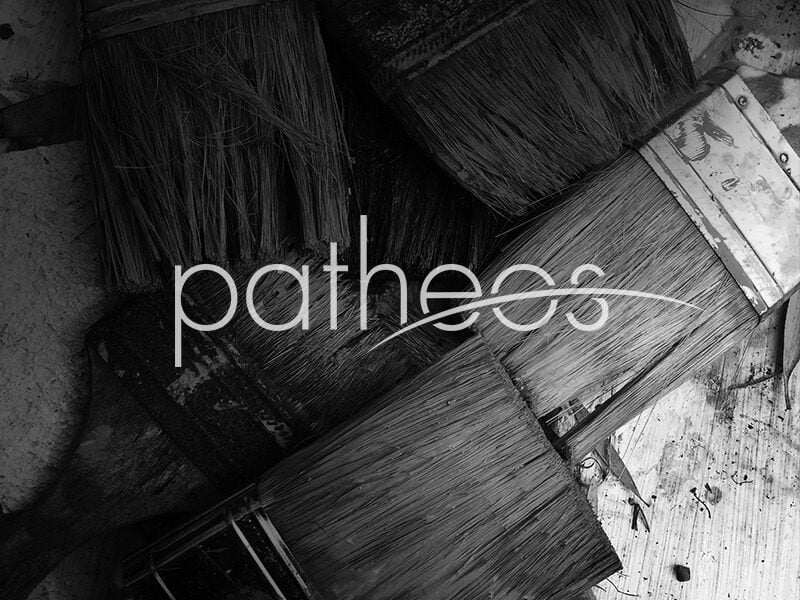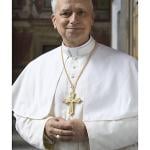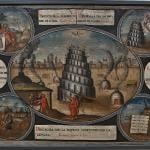I don’t know if you have time to respond to individual questions like this, but I thought I might at least try. I’ve been trying to find someone who can explain to me why Venerable John Paul II’s actions were correct regarding the whole “Assisi thing” that seems to be running rampant on blogs and sites these days. Most of the detailed articles are on the offensive, and most of the defensive articles are of more of a “don’t be silly” nature than doing any explaining about WHY it was okay for him to pray with people of other faiths. While I think of him with reverence and I love his Theology of the Body etc, I have to admit that the “traditionalists” have me a little confused about the interfaith thing and how it meshes with not compromising on the first commandment. For example, somewhere it said that Pope John Paul II participated in a ritual that had to do with scattering water in honor of one’s ancestors, and another place it had him kissing the Koran. Being that my dad (a fallen-away Catholic) espouses the “there are many roads up the mountain to God, not just Christianity” philosophy and it took me a long time to get rid of that error myself, I feel sort of like the Pope was encouraging my dad’s error. Can you explain to me why it was okay?
Re: Assisi. Go here. Bottom line: there was no prayer in common at Assisi. Basically, it was a good faith effort to work with others of good will on what could be done in common for peace. It has become a byword among Reactionaries (and not all Traditionalists are reactionaries, by the way) who loathe JPII, for no good reason I can see. The illogic of their attack on it depends, from what I can see, on a sotto voce rejection of Dignitatis Humanae (The Decree on Religious Liberty) and wishing for a world in which the Church outlaws and persecutes all religions but itself. If that’s not it, I can see no other rational basis for it, for I can see no sane basis for saying that adherents from other traditions are free to pray according to their consciences in synagogues, mosques, and temples throughout a Catholic country, but are forbidden to do so in the country called the Vatican. At no point was there prayer in common at Assisi, precisely because we are Catholic and not Jews, Muslims, pantheists or polytheists. Rather, there was simply an appeal to men and women of good will to work together in common so that we might not be incinerated in our beds–which makes proclaiming the gospel much harder when the world’s population has been slaughtered in a Holocaust. Some critics labeled all this as “utopian” and insisted that suffering makes us stronger, so it was futile to oppose war. I wonder if these same critics oppose that damn new Catholic innovation called the hospital. After all, we’ll never wipe out disease or death either, so is it also “utopian” to fight these things?
Dunno about the scattering water thing, but since the Church has a long history of accomodating pagan customs (recall the recent brouhaha about Easter Eggs, aka “Spring Spheres”) I’m skeptical that those hostile to JPII are going to be entirely reliable on what is and is not an embrace of pagan content as distinct from the honoring of a common custom. Likewise, with the Koran thing, it constituted no scandal for the Iraqi Christians who were part of the delegation to Rome that brought the Koran. It was simply a polite act in response to a polite diplomatic gift. People who are determined to see in JPII yet another enemy of their sect of Purely Pure Puritan Catholicism can and have inflated the incident into Still More Proof that JPII was a Destroyer of the Church. But I think the strongest case you can make is that it was an inadvisable gesture, though ultimately one up to his discretion.
For a sane take on the Church’s relationship with other religious traditions, both Christian and non-Christian, I strongly urge you to read the following:
Basically, the habit of the Church is to affirm what can be affirmed in common with people of good will, while distinguishing what cannot be affirmed in common and maintaining the proclamation of the gospel in respectful disagreement where other religious traditions contradict the gospel. Since grace builds on nature, this means, among other things, that where indigenous cultures contain the “seeds of the word” they are to be affirmed and judiciously incorporated into Catholic tradition (which is, again, why you are probably coloring Easter eggs, which used to be pagan fertility symbols and now are images of the Empty Tomb or New Life in Christ). It’s why we have Christmas trees, wedding rings, Latin, and lots of other bric-a-brac from pagan culture knocking around in the Church. What always happens is that something pagan gets filled with Christian content. What does not happen (with the Church’s permission, I mean) is that Christian forms get filled with pagan content.
When *that* happens, it’s generally called “heresy” (as, for instance, when a Catholic theologian embraces the pagan notion that nature is The Ultimate and therefore decides that a transcendent God can’t *really* raise Jesus from the dead since that would mean God is higher than Nature). I see no indication at all that JPII denied the essentials of the Faith. On the contrary, he proclaimed the faith to more people than anybody else who ever lived–literally. He was a great gift to the Church, I think, and constituted a great threat to those who prefer to think of the Church as a besieged fortress rather than as a battering ram against the gates of hell.











